

Articles
How To Clean Out A Gas Fireplace
Modified: October 18, 2024
Learn effective techniques for cleaning a gas fireplace in this informative guide. Find articles, tips, and step-by-step instructions to keep your fireplace looking and functioning its best.
(Many of the links in this article redirect to a specific reviewed product. Your purchase of these products through affiliate links helps to generate commission for Storables.com, at no extra cost. Learn more)
Introduction
A gas fireplace can be a cozy and convenient addition to any home. It provides warmth and ambiance with just the flick of a switch. However, to keep it functioning properly and looking its best, regular cleaning is necessary. Cleaning out a gas fireplace may seem like a daunting task, but with the right tools and techniques, it can be a straightforward process.
In this article, we will guide you through the steps to effectively clean out a gas fireplace. From preparing for the cleaning process to removing debris, cleaning the interior and glass doors, and finally, reassembling the fireplace, we will cover it all. By following these steps, you can ensure that your gas fireplace remains in top condition and continues to provide you with warmth and comfort.
Note: Before you begin cleaning, it’s important to check your gas fireplace’s manufacturer instructions and guidelines. Different models may have specific cleaning procedures or safety precautions that you need to follow. Always prioritize safety and consult a professional if you are unsure.
Key Takeaways:
- Regular cleaning of your gas fireplace, from debris removal to interior and glass door cleaning, ensures optimal performance and a cozy ambiance. Prioritize safety and follow manufacturer guidelines for a rewarding cleaning process.
- By following the step-by-step guide to cleaning your gas fireplace, you can maintain its aesthetic appeal and functionality. Reassemble carefully and schedule regular professional maintenance for long-term enjoyment.
Read more: How To Clean Glass On Gas Fireplace
Step 1: Preparing for Cleaning
Before you start cleaning your gas fireplace, it is essential to gather the necessary tools and materials. Having everything prepared beforehand will ensure a smooth cleaning process. Here are the items you will need:
- Protective Gear: Wear gloves and safety goggles to protect your hands and eyes.
- Brushes and Cloths: Get a small brush or handheld broom, as well as a soft cloth or sponge for wiping down the fireplace walls and glass doors.
- Shovel or Vacuum: Depending on the type of fireplace, you will need a shovel or a vacuum to remove the ashes and debris.
- Fireplace Cleaner: Purchase a fireplace cleaner that is safe to use on your gas fireplace. Make sure to read the product instructions carefully.
- Glass Cleaner: Choose a non-abrasive glass cleaner to clean the glass doors of your fireplace.
Once you have gathered all the necessary tools and materials, it’s time to ensure proper ventilation. Open a window or door in the room to allow fresh air to circulate. This will prevent the buildup of any potentially harmful fumes during the cleaning process.
Finally, you should turn off the gas supply to the fireplace before you begin cleaning. Look for the gas shut-off valve near the fireplace or consult your manufacturer’s instructions to locate it. Turn the valve to the “off” position to stop the flow of gas to the fireplace. This step is crucial to ensure your safety while cleaning.
With the tools and materials ready, proper ventilation established, and the gas supply turned off, you are now prepared to move on to the next step: removing debris and ashes from the gas fireplace.
Step 2: Removing Debris and Ashes
Now that you have prepared the necessary tools and materials, it’s time to remove the debris and ashes from your gas fireplace. This step is crucial for maintaining a clean and efficient fireplace. Here’s how to do it:
- Start by using a small brush or handheld broom to sweep out any loose debris from the fireplace. Gently brush the walls, floor, and burner area to remove dust, cobwebs, and other particles. Be careful not to scratch or damage any surfaces.
- Next, it’s time to tackle the ashes. If there is a significant amount of ashes, use a shovel to carefully scoop them out and place them in a metal container. Ensure that the ashes are completely cooled before disposal. If you prefer, you can also use a vacuum with a HEPA filter specifically designed for fireplace ash removal. This method can be quicker and less messy.
Remember to exercise caution when handling ashes as they can still contain hot embers. Dispose of them in a safe manner, following local regulations and guidelines.
By removing the loose debris and ashes, you are preparing the fireplace for a thorough cleaning of the interior walls, burner, and glass doors. This will not only improve the appearance of your gas fireplace but also contribute to its overall performance.
Now that you have successfully removed the debris and ashes, it’s time to move on to the next step: cleaning the interior of the gas fireplace.
Step 3: Cleaning the Interior
Once you have removed the debris and ashes from your gas fireplace, it’s time to clean the interior walls. This step will help remove soot, dirt, and stubborn stains, leaving your fireplace looking fresh and rejuvenated. Follow these steps to effectively clean the interior:
- Start by wiping down the fireplace walls with a damp cloth or sponge. Make sure the cloth or sponge is not soaking wet, as excess moisture can damage the fireplace components. Gently scrub the walls to remove any loose dirt or residue. Pay attention to the corners, crevices, and hard-to-reach areas.
- If there are areas with heavy soot or stubborn stains, use a fireplace cleaner specifically designed for gas fireplaces. Follow the instructions on the cleaner and apply it to the affected areas. Let the cleaner sit for a few minutes to penetrate the stains.
- After allowing the cleaner to work its magic, use a cloth or sponge to gently scrub away the soot and stains. If necessary, you can use a soft-bristle brush or toothbrush for more stubborn spots. Be careful not to apply excessive pressure that could damage the fireplace surface.
- Once you have thoroughly cleaned the interior walls, rinse them with clean water. Use a damp cloth or sponge to wipe away any residue from the cleaner. This step is important to ensure that no cleaning solution remains on the walls, which could produce unpleasant odors or affect the flames when the fireplace is in use.
By following these steps, you can effectively clean the interior of your gas fireplace. This will not only make the fireplace look cleaner and more appealing but also contribute to its overall performance and longevity.
Now that the interior is sparkling clean, it’s time to move on to the next step: cleaning the glass doors of your gas fireplace.
Make sure to turn off the gas supply before cleaning the fireplace. Use a vacuum with a brush attachment to remove any debris and soot from the interior. Wipe down the exterior with a damp cloth and mild soap.
Step 4: Cleaning the Glass Doors
The glass doors of your gas fireplace play a crucial role in enhancing its aesthetic appeal and allowing you to enjoy the mesmerizing flames. Over time, however, they can accumulate dirt, fingerprints, and soot, obstructing the view. Cleaning the glass doors regularly will restore their clarity and improve your fireplace experience. Follow these steps to effectively clean the glass doors:
- Start by wiping down the glass doors with a soft cloth to remove any loose dirt and debris. This will help prevent scratching the glass while cleaning. Gently swipe the cloth over the surface of the glass, ensuring you cover all areas.
- Next, apply a non-abrasive glass cleaner to a clean, damp sponge or cloth. Make sure to choose a cleaner specifically designed for glass surfaces. Avoid using abrasive materials or harsh chemicals, as they can damage the glass.
- Gently scrub the glass doors using the damp sponge or cloth in circular motions. Pay close attention to any areas with stubborn stains or soot buildup. Take care not to press too hard to avoid scratching the glass. If needed, reapply the glass cleaner to the sponge or cloth during the process.
- Once you have thoroughly cleaned the glass doors, rinse them with clean water. Use a damp cloth or sponge to remove any residual cleaner. This step is important to ensure that no cleaner remains on the glass, which could create streaks or affect the clarity.
- To finish, dry the glass doors with a lint-free cloth to eliminate any remaining moisture or streaks. A microfiber cloth works well for this purpose, as it is gentle on the glass and leaves a streak-free shine.
By following these steps, you can keep the glass doors of your gas fireplace clean and transparent, allowing you to fully enjoy the beauty of the flames. Regular cleaning will enhance the overall appearance of your fireplace and make it a focal point in your living space.
Now that the glass doors are spotless, it’s time to move on to the next step: cleaning the logs and burners of your gas fireplace.
Read more: How To Clean Thermocouple On Gas Fireplace
Step 5: Cleaning the Logs and Burners
The logs and burners are integral components of your gas fireplace, creating the illusion of a real wood-burning fire. Over time, they can accumulate dust, debris, and soot, impacting the overall appearance and performance of your fireplace. Cleaning the logs and burners regularly will help maintain their authenticity and ensure optimal functioning. Follow these steps to clean the logs and burners of your gas fireplace:
- Start by carefully removing the logs from the fireplace. Refer to your manufacturer’s instructions or user manual for guidance on how to safely detach the logs. Handle them with care to prevent breakage or damage.
- Once the logs are removed, use a soft brush or cloth to gently remove any dust and debris from the surface. You can also lightly tap the logs to dislodge any loose particles. Avoid using water or cleaning solutions on the logs, as it can compromise their appearance and durability.
- Next, focus on cleaning the burners. Use a wire brush or compressed air to remove any dirt or debris that may have accumulated on the burner ports. Gently brush the burners or use compressed air to blow away the particles. This step is crucial for maintaining proper gas flow and ensuring an even flame distribution.
During the cleaning process, it’s essential to be gentle and avoid excessive force, as it can cause damage to the logs or burners. If you notice any cracks or signs of wear, consult a professional for guidance or replacement.
Now that you have successfully cleaned the logs and burners, it’s time to reassemble the fireplace and complete the final steps of the cleaning process.
Step 6: Reassembling and Final Steps
Now that you have completed the cleaning process for your gas fireplace, it’s time to reassemble the components and perform the final steps to ensure everything is in proper working order. Follow these steps to complete the process:
- Begin by carefully placing the clean logs back into the fireplace. Make sure they are positioned correctly, following the manufacturer’s instructions or any specific guidelines for your particular gas fireplace model. Properly arranging the logs will help maintain a realistic flame appearance.
- Next, securely reattach the glass doors to the fireplace. Ensure that they are properly aligned and fastened according to the manufacturer’s instructions. This step is crucial for safety and also enhances the visual appeal of the fireplace.
- Once the logs and glass doors are in place, it’s time to turn on the gas supply. Locate the gas shut-off valve near the fireplace and turn it to the “on” position. Take care to follow the manufacturer’s instructions on how to safely handle the gas supply.
- Finally, it’s important to test the fireplace after completing the cleaning and reassembly process. Turn on the fireplace and observe the flames to ensure they appear normal and burn evenly. Listen for any unusual sounds, such as hissing or popping, which may indicate a problem. If you notice any issues, consult a professional technician to assess and address the situation.
By reassembling the components correctly and performing these final steps, you can enjoy a clean, well-maintained, and safely operating gas fireplace.
With the fireplace now fully cleaned and functional, you can sit back, relax, and bask in the cozy warmth and beautiful ambiance it provides.
Note: It is recommended to schedule regular maintenance and inspections with a professional to ensure the continued efficiency and safety of your gas fireplace.
Conclusion
Cleaning out a gas fireplace may initially seem like a daunting task, but with the right tools, techniques, and guidance, it can be a manageable and rewarding process. By following the steps outlined in this article, you can ensure that your gas fireplace remains in top condition, both aesthetically and functionally.
Regular cleaning not only enhances the appearance of your fireplace but also contributes to its overall performance. Removing debris, ash, soot, and stains from the interior walls, glass doors, logs, and burners helps to maintain proper airflow, prevent blockages, and ensure the flames burn evenly and efficiently.
Remember to prioritize safety throughout the cleaning process. This includes proper ventilation, turning off the gas supply, and wearing protective gear. Always consult the manufacturer’s instructions and guidelines specific to your gas fireplace model to ensure a safe and effective cleaning procedure.
Once you have completed the cleaning process and reassembled the fireplace, take the time to test its functionality. Pay attention to the appearance, flame quality, and any unusual sounds or behavior. Seeking professional assistance if needed ensures that your fireplace is running optimally and safely.
Regular maintenance and inspections should also be scheduled to keep your gas fireplace in peak condition. This can help identify any potential issues early on and address them before they become major problems.
With a clean and well-maintained gas fireplace, you can continue to enjoy its warmth, ambiance, and cozy atmosphere for years to come. So don’t hesitate to roll up your sleeves, gather your tools, and give your gas fireplace the care it deserves.
Now, sit back, relax, and let the comforting glow and crackle of your beautifully maintained gas fireplace create a cozy haven in your home.
Frequently Asked Questions about How To Clean Out A Gas Fireplace
Was this page helpful?
At Storables.com, we guarantee accurate and reliable information. Our content, validated by Expert Board Contributors, is crafted following stringent Editorial Policies. We're committed to providing you with well-researched, expert-backed insights for all your informational needs.
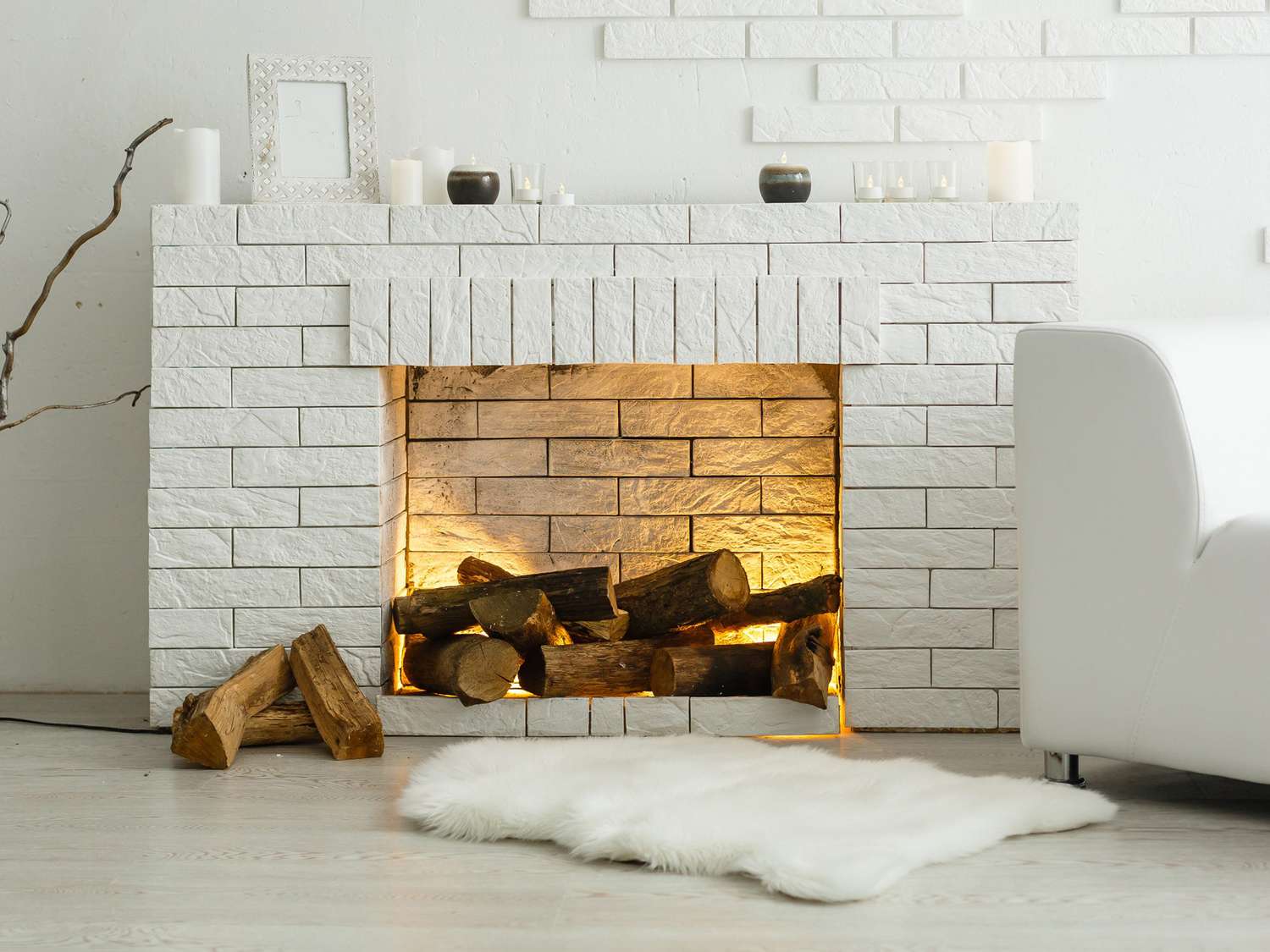
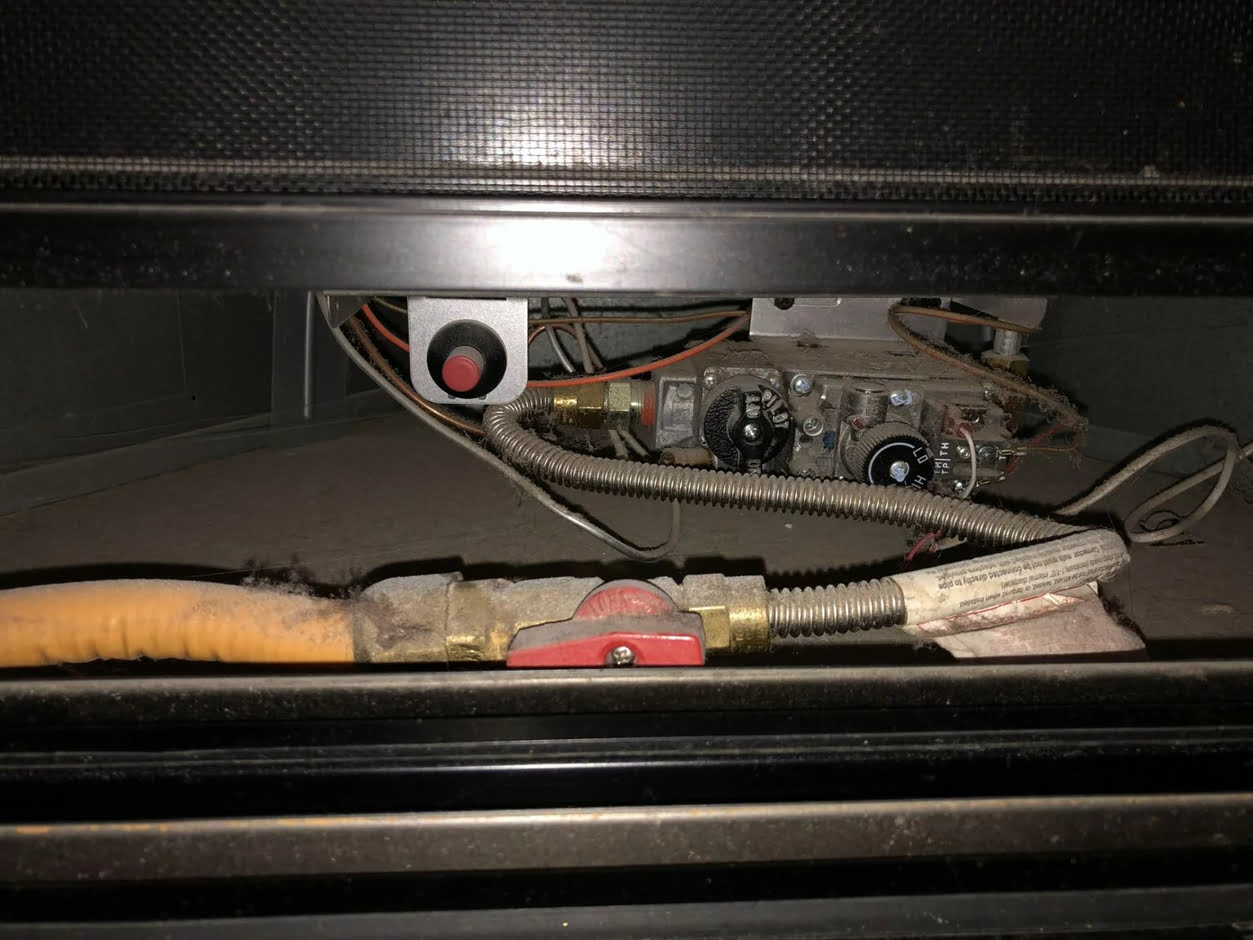
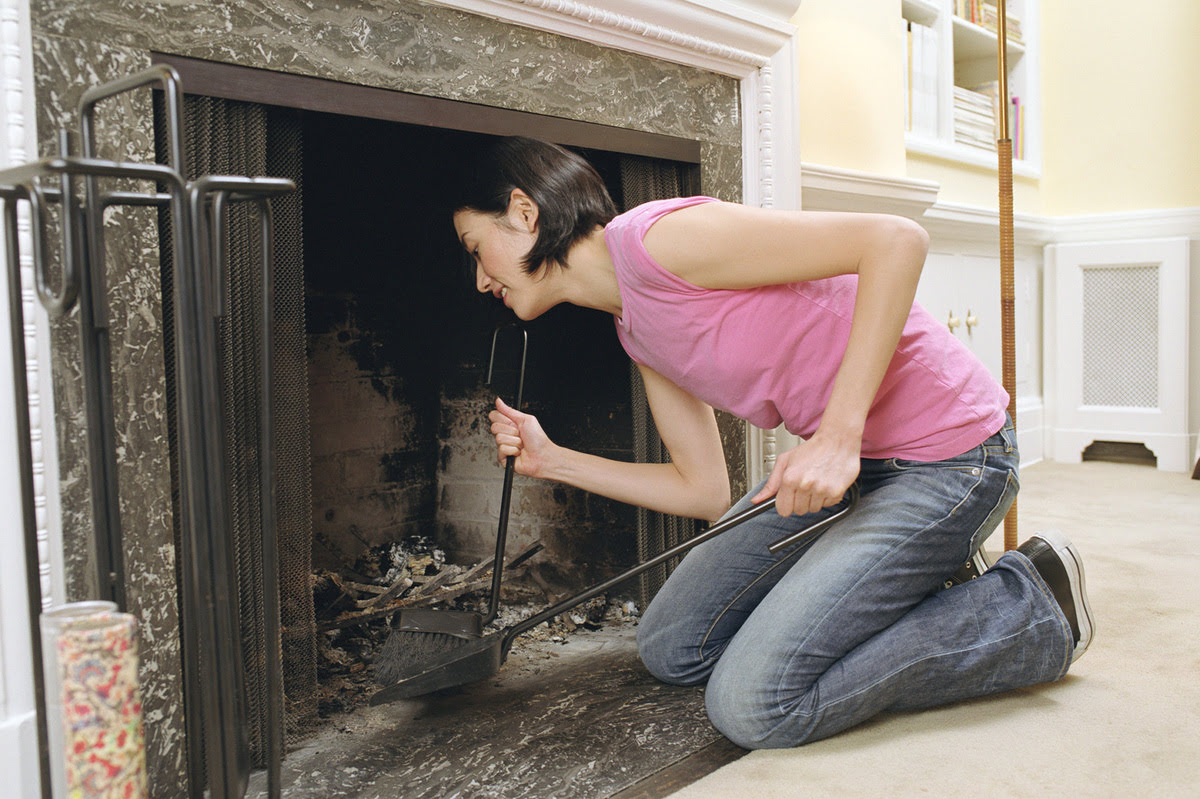




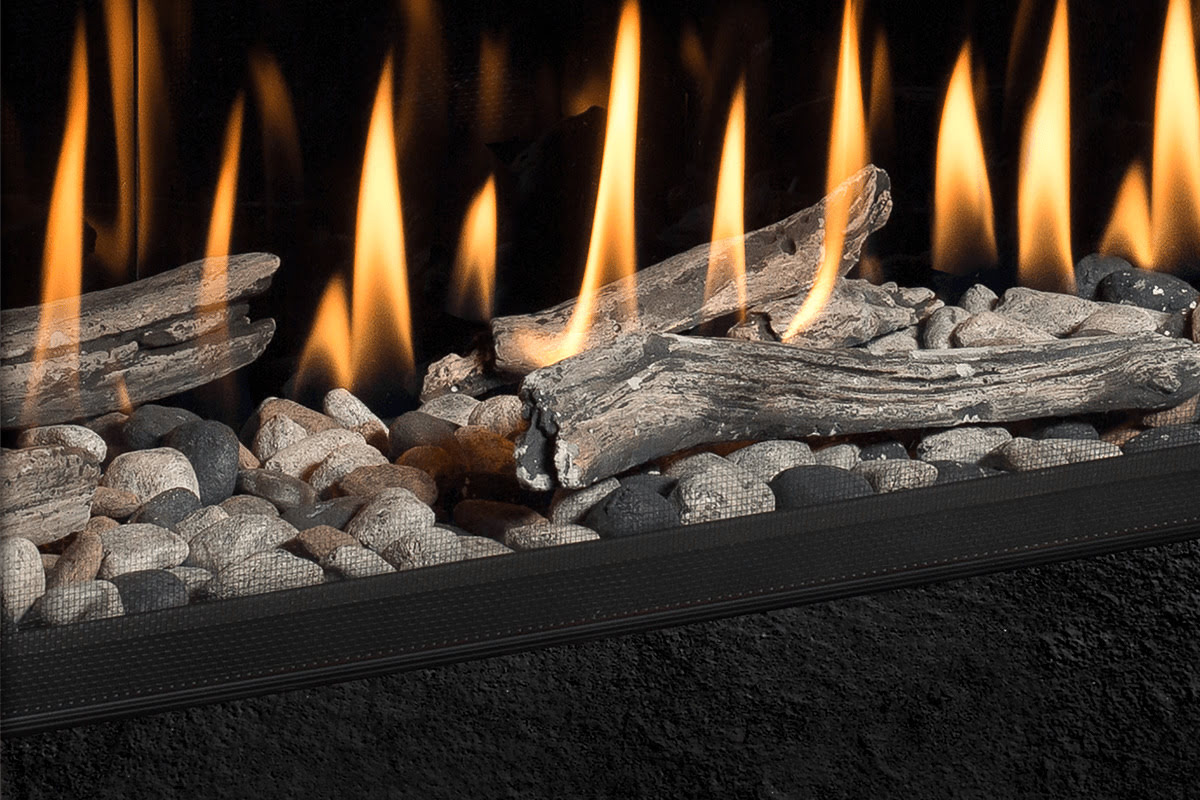
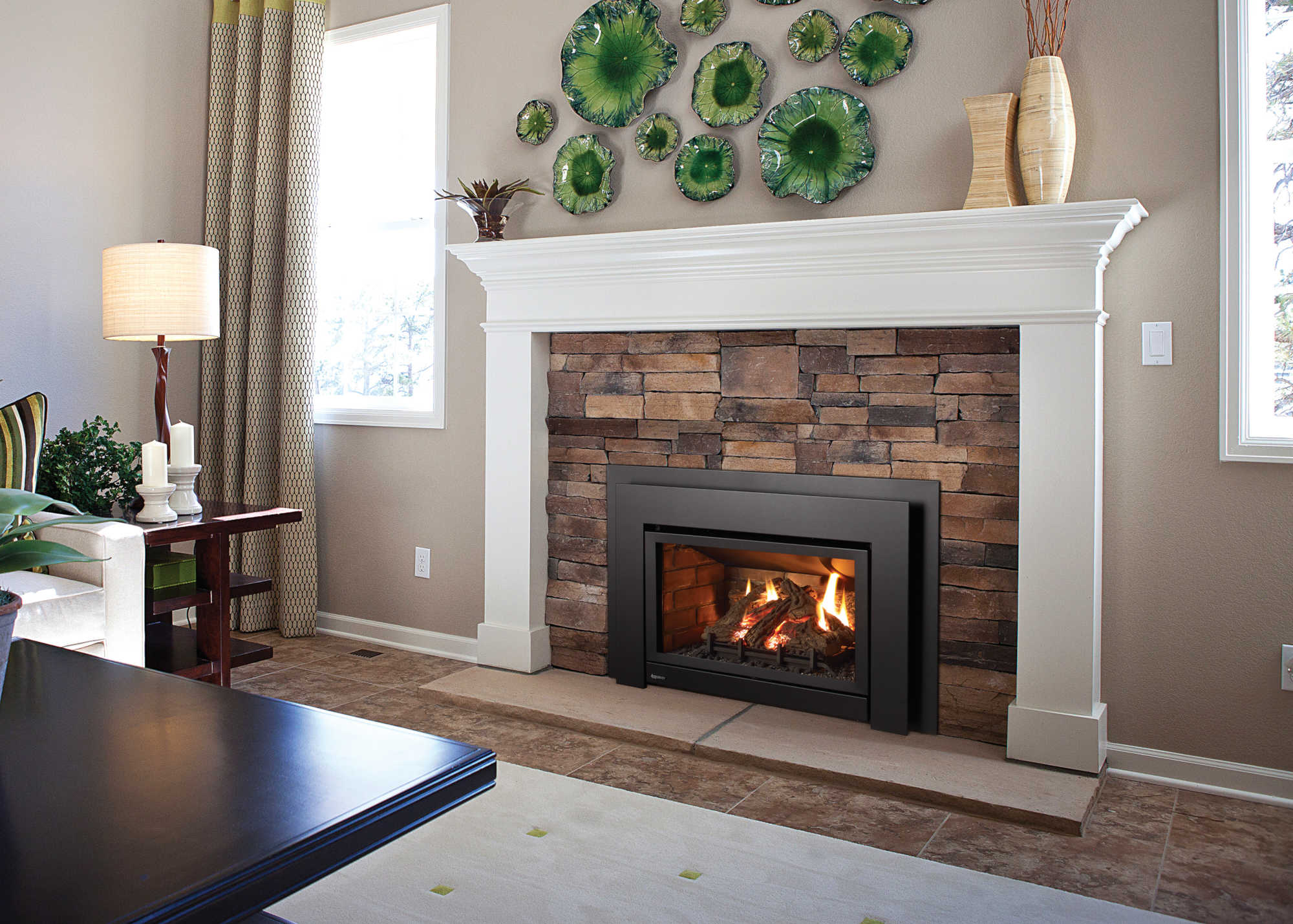
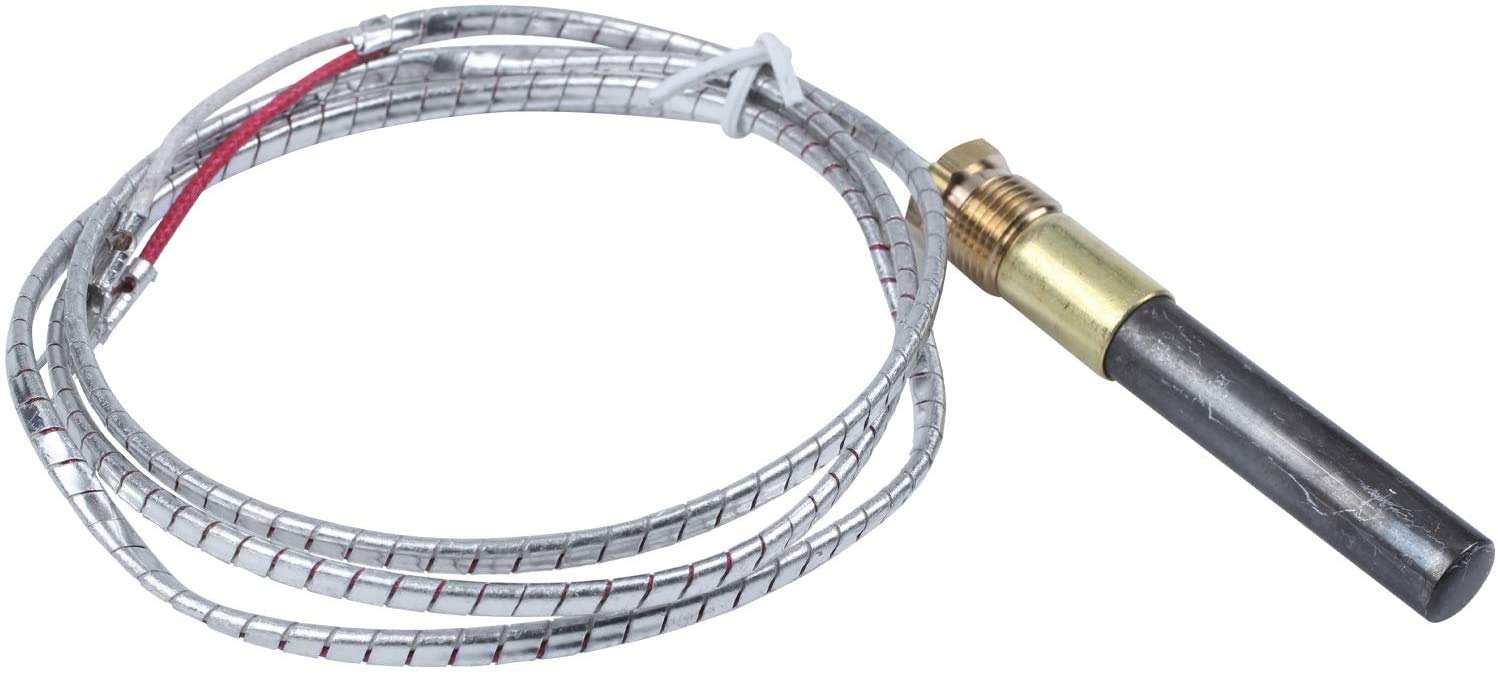
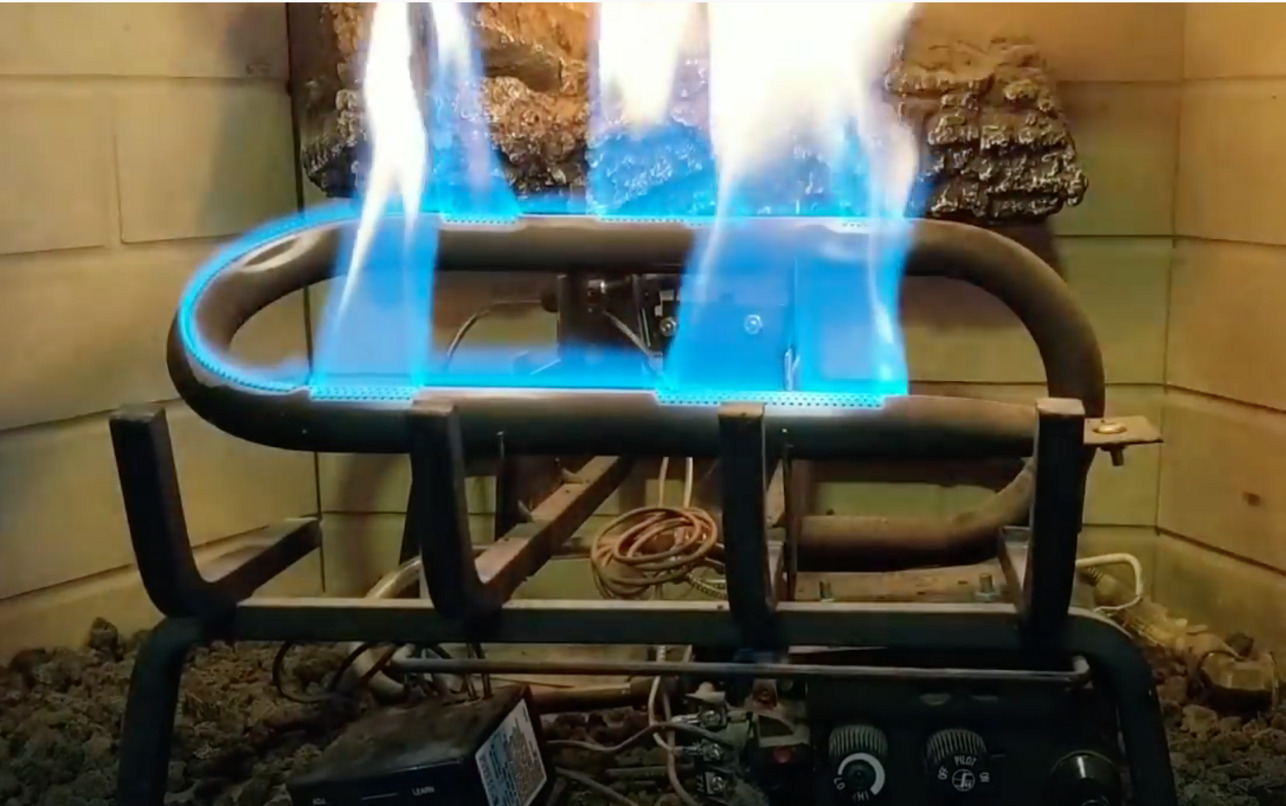

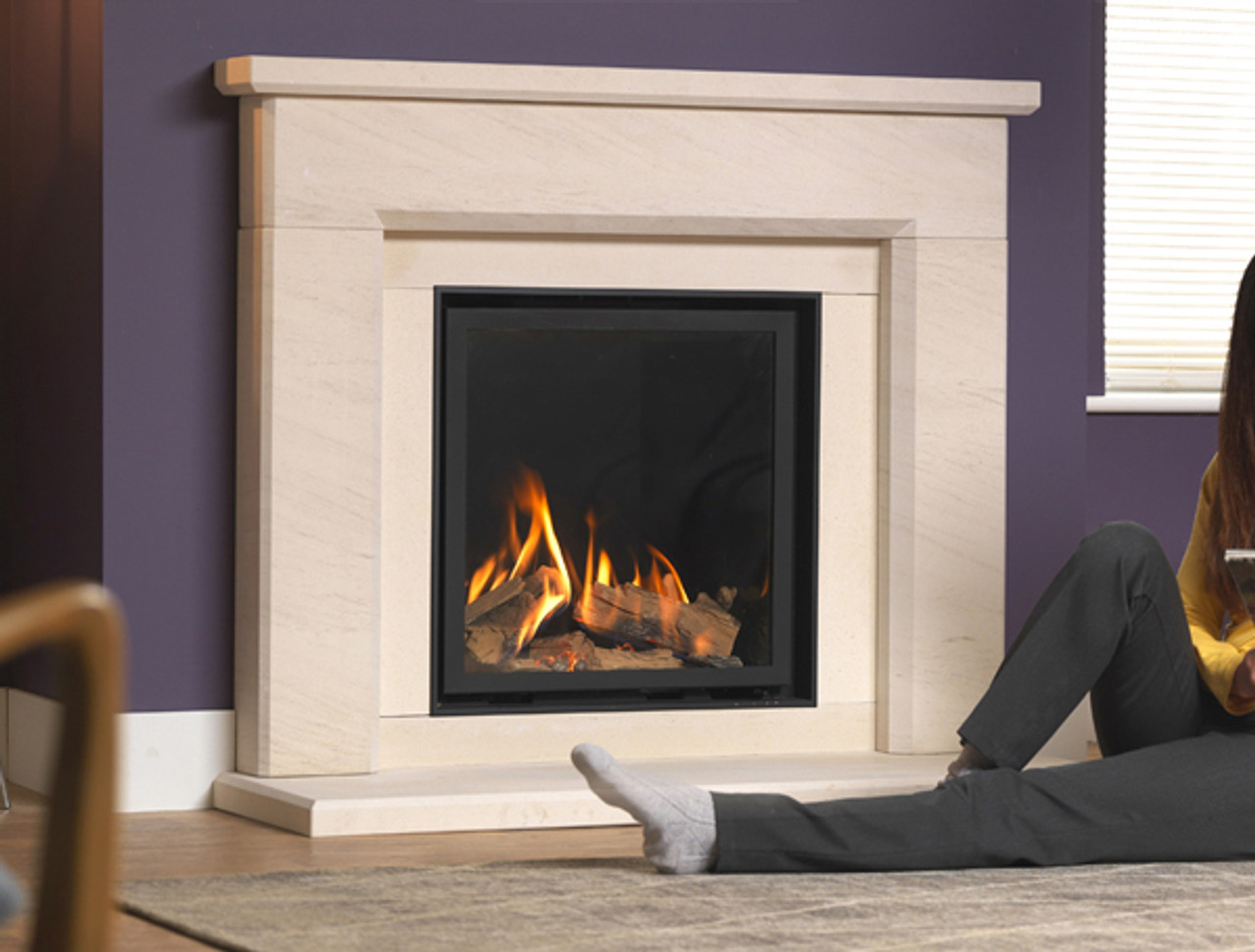
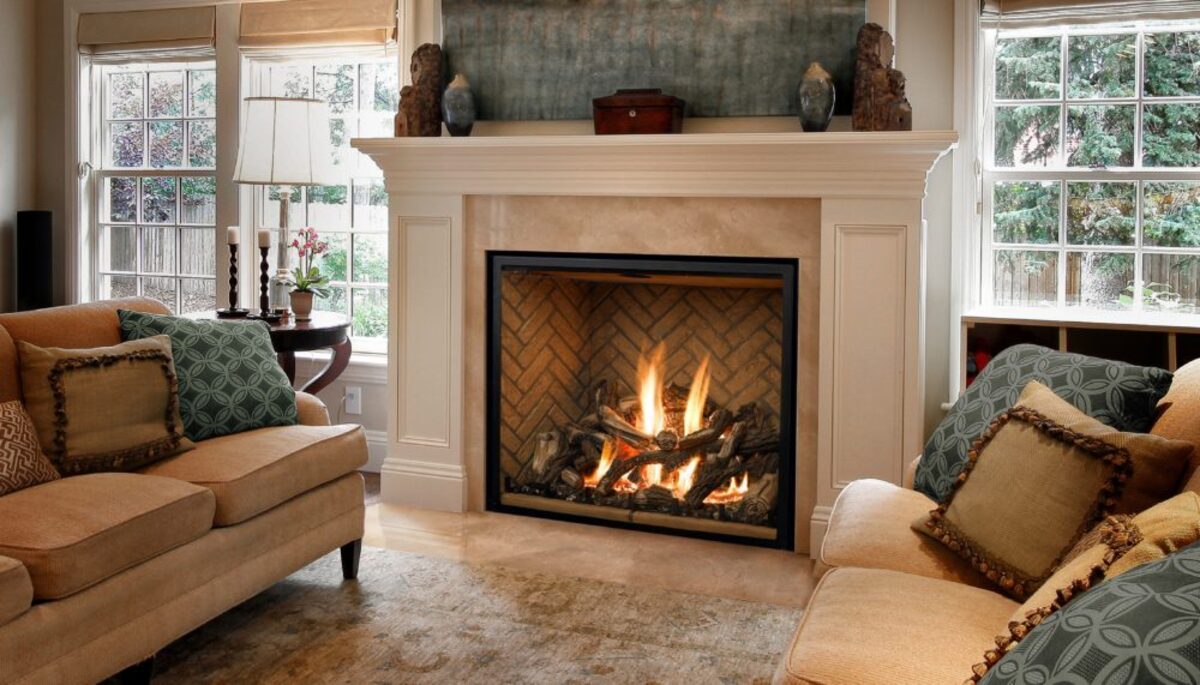

0 thoughts on “How To Clean Out A Gas Fireplace”